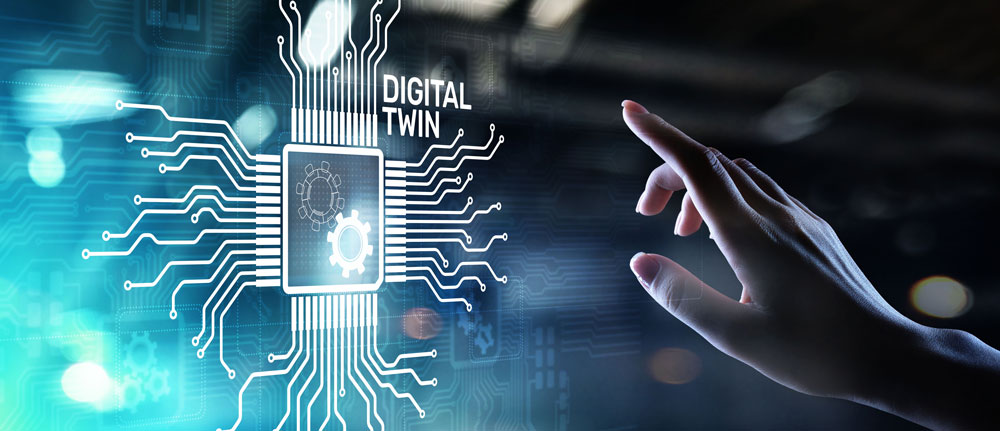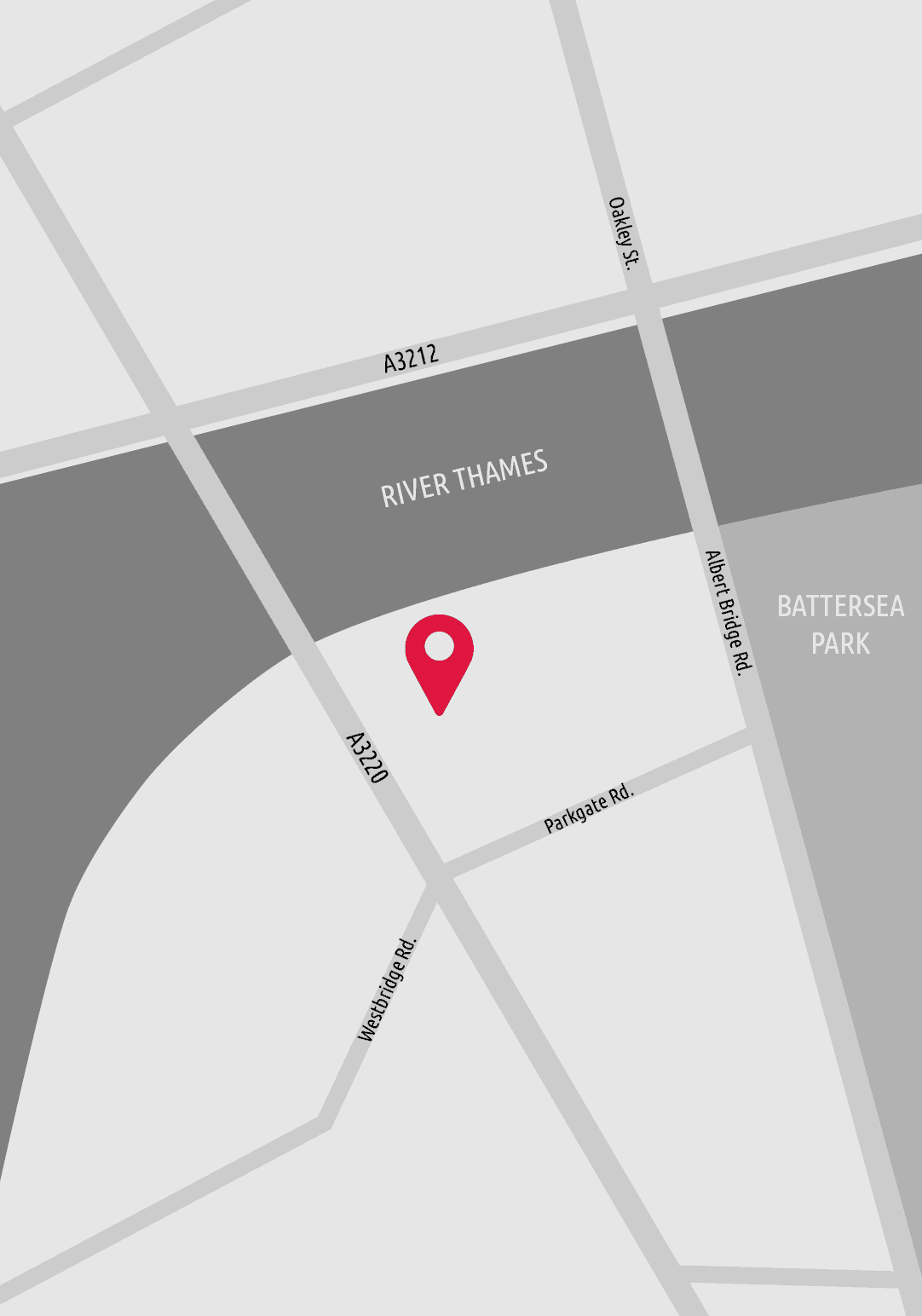Our latest blog post series explores how 5G private networks are revolutionising industries—with increased performance, flexibility, reliability, and security enabling autonomous vehicles, digital twins, and the factory of the future.
In Part 2, we’re looking at how you can use digital twins to increase efficiency, productivity, and safety.
How digital twins give you complete visibility across complex environments
“While not impossible, it’s often difficult to understand everything that goes on at any point in time, within organisations that operate over large campus environments—like factories and ports.”
While not impossible, it’s often difficult to understand everything that goes on at any point in time, within organisations that operate over large campus environments—like factories and ports.
That’s where digital twins come into play—using sensors built into machines and vehicles to create virtual models of them, to give you a real-time view of their condition. You no longer need to physically inspect your machinery.
Let’s look at a container port as an example of what you can achieve with digital twins. A port has ships, trucks, and trains coming and going all day, loading and unloading thousands of containers. Trucks enter through the port’s gates, needing to be registered and sent to various loading areas. The cargo trains must load and unload to a strict schedule, as they share the railway with commuter trains. Cranes have the monumental task of loading and unloading huge container ships, carrying as many as 20,000 containers. And then you have all the people who must work closely with these potentially hazardous machines and vehicles—some autonomous, some human-controlled.
With thousands of moving parts, you’ll often have an incomplete view of everything, so it’s tough to make fast changes and decisions.
“With sensors and cameras installed across the port and all its machines, digital twins provide you with real-time information—on anything from an object’s current location to a machine part that’s vibrating in unexpected ways, or even a building’s temperature.”
But with sensors and cameras installed across the port and all its machines, digital twins provide you with real-time information—on anything from an object’s current location to a machine part that’s vibrating in unexpected ways, or even a building’s temperature. If there’s a fire, you’ll be alerted immediately, so you can act faster. If machinery is likely to break down, you can schedule maintenance before it fails completely.
The data digital twins generate help you build simulations that let you ask what-if questions, like “What if we took this crane out of operation for maintenance today?” This kind of predictive maintenance helps a large electronics manufacturer save $2m a year, because it quickly learned its tooling didn’t need changing every day.
Building a network for digital twins and edge computing
The scenario above generates huge volumes of data that needs to be processed in real time. To analyse it fast enough, you need to use edge computing rather than send the data to the cloud.
A Wi-Fi network is unlikely to deliver the uninterrupted speeds you need. 5G is far less susceptible to the kind of interference Wi-Fi experiences in metallic environments like a port. And with 5G’s licenced spectrums, you won’t have to compete with other networks for a good connection.
5G also boasts far broader interior and exterior coverage than Wi-Fi, and provides maximum performance even for machines that are on the move. An autonomous guided vehicle can be tracked and controlled remotely, with a strong connection keeping it going.
As to the number of devices and sensors needed for full visibility over your entire environment, 5G again has the edge over Wi-Fi. While Wi-Fi’s capacity depends on the bandwidth required for each device, 5G supports up to a million devices per km2.
Another area 5G excels in digital twinning over Wi-Fi, is security. With 5G’s sim cards providing built-in encryption, you’ll stay secure even as you add more network-connected devices.
Digital twins need a 5G private network
“The opportunities digital twins present are clear, but the demands placed on a network mean you’ll need a 5G private network, rather than Wi-Fi.”
The opportunities digital twins present are clear, but the demands placed on a network mean you’ll need a 5G private network, rather than Wi-Fi. A 5G private network provides your business with a fast, dedicated, and secure wireless local network, with no interference from other wireless signals.
Your existing Wi-Fi network still has its uses—in your offices, for example—but 5G private networks are a must for data-intensive operations spread over large areas.
Read Part 3 now to see how 5G private networks are driving the future of the factory floor.
You can also click here to read our guide to IoT in transport and logistics.





